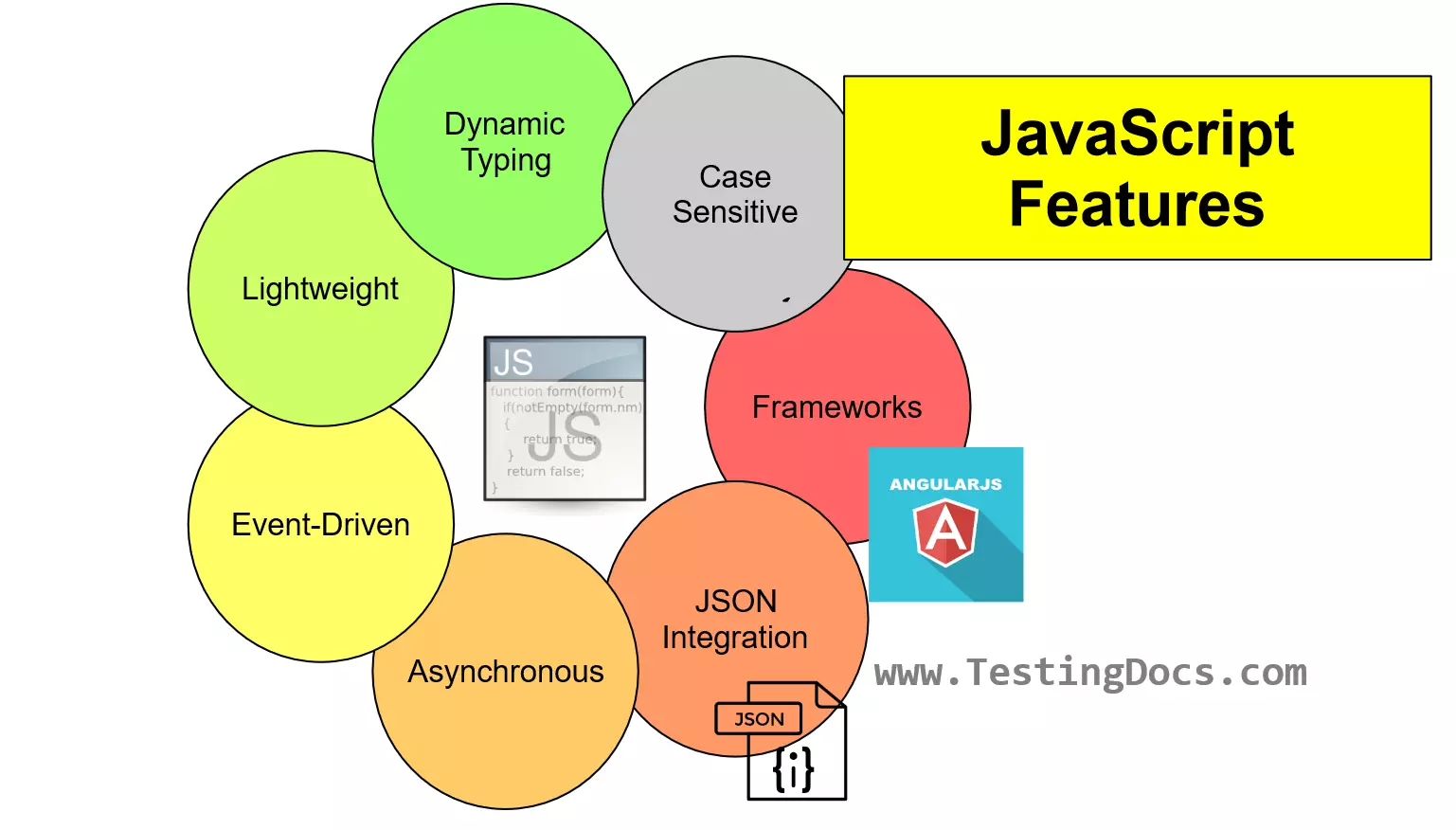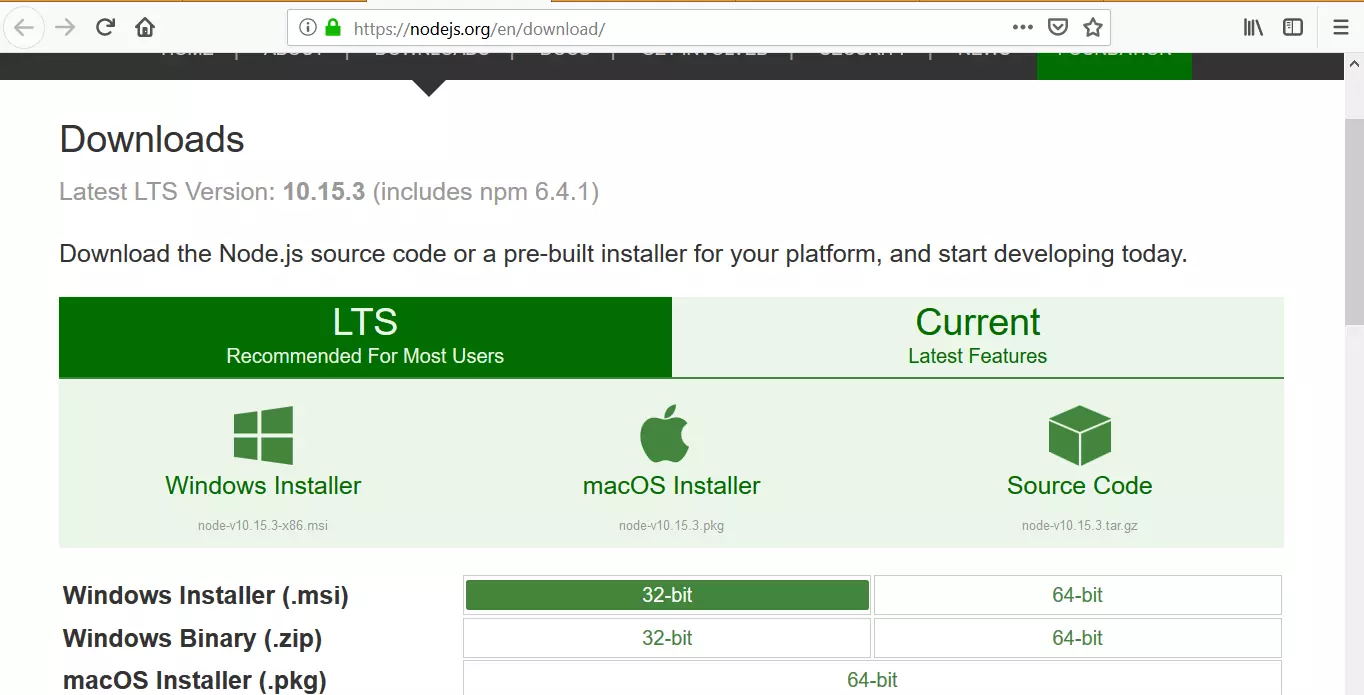Features of JavaScript
Overview
JavaScript is a powerful programming language that runs on the browser and server. It has many features that make it suitable for developing dynamic and interactive web applications. This tutorial will explore some of JavaScript’s most important and useful features.
Features of JavaScript
JavaScript is a high-level, interpreted (or just-in-time compiled) programming language primarily known for its role in web development. Some important features of JavaScript are as follows:
- Platform independence
- Lightweight
- Dynamic Typing
- Interpreted Language
- Object-oriented
- Case-sensitive
- Event-driven
- Asynchronous
- Closures
- DOM manipulation
- JSON support
- Frameworks
- Community Support
Platform Independence
JavaScript is supported by all major web browsers, ensuring JS code can be executed across platforms without modification. As the scripting language of the web, all major browsers have a built-in JavaScript engine.
Lightweight
JavaScript is a lightweight language. It means that JavaScript has a relatively simple set of features and a compact syntax, making it suitable for web development.
Dynamic Typing
JavaScript is a dynamically typed language. Variables in JavaScript can hold values of any type without any type declaration. The variable type can be changed during the execution of a program.
Interpreted Language
JavaScript code doesn’t need to be compiled before running it.
Object-oriented
JavaScript is an object-oriented scripting language that provides predefined objects. Objects can inherit properties and methods from other objects. JavaScript can be used both as a procedural and object-oriented language.

Case-sensitive
JavaScript is case-sensitive. This means that variable names, function names, and other identifiers must be used consistently with the same capitalization throughout your code.
For example, studentNo and StudentNo are considered two different variables in JavaScript.
Event-driven
This feature is essential for front-end development. JavaScript can execute code in response to specific events, such as user interactions.
Asynchronous
JavaScript can perform non-blocking operations with callbacks, promises, and the async/await syntax, which is crucial for tasks like network requests.
Closures
Functions can be defined inside other functions and have access to their local scope, creating private variables and powerful functional programming constructs.
DOM Manipulation
JavaScript enables dynamic content by interacting with and modifying a web page’s Document Object Model (DOM).
JSON Integration
JavaScript has native JSON encoding and decoding support, making it a preferred language for many web APIs.
Frameworks
From frontend libraries (like ReactJS, Angular, and Vue.js) to backend platforms (like Node.js), JavaScript boasts many tools that extend its capabilities. Frameworks like Electron for desktop apps, React Native for mobile apps, and Node.js for server-side development, JavaScript offers solutions for various platforms.
Odin School offers a live instructor-led Bootcamp front-end web and mobile development course using ReactJS. OdinSchool is NSDC affiliated partner and a certified member of Nasscom.
Community Support
One of the largest developer communities supports JavaScript. This vast ecosystem means extensive resources, tutorials, and third-party tools are available.
The mentioned are some of the most noteworthy features of JavaScript. It is important to note that the JavaScript language continually evolves. Regularly introducing new standards by ECMAScript ensures that JavaScript remains modern, including new features and best practices.
First JavaScript Program
https://www.testingdocs.com/javascript-hello-world-application/
—
JavaScript Tutorials
JavaScript tutorials on this website can be found at:
https://www.testingdocs.com/javascript-tutorial/
To learn more about JavaScript, visit







